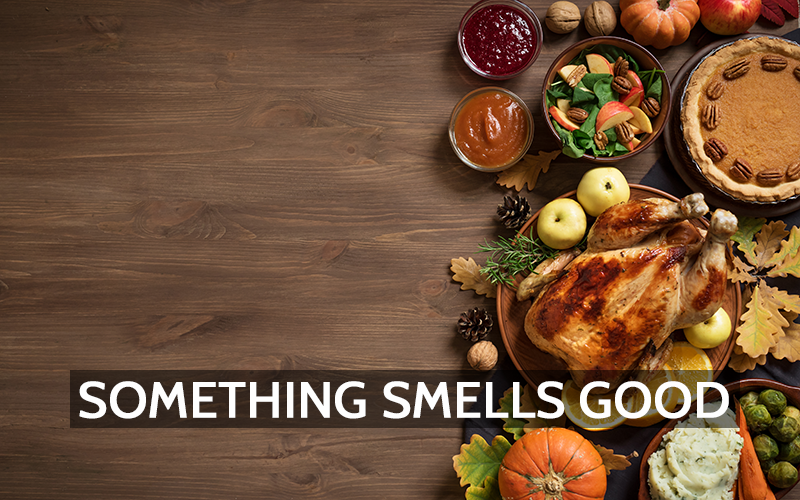Thanksgiving in the United States is a feast for the senses, with its rich tapestry of aromas playing a defining role in the holiday’s charm. From the savory scent of roasting turkey to the sweet fragrance of spiced desserts, these olfactory delights stem from complex chemical reactions and the inherent properties of various ingredients.
The Maillard Reaction: The Foundation of Flavor
Central to many Thanksgiving dishes is the Maillard reaction, a chemical process that occurs when amino acids and reducing sugars interact under heat. This reaction is responsible for the browning of foods and the development of complex flavors and aromas. For instance, as a turkey roasts, its proteins and sugars undergo the Maillard reaction, producing a myriad of flavor compounds that contribute to its savory aroma. Similarly, the crust of freshly baked bread owes its golden-brown hue and enticing smell to this reaction1.
Caramelization: The Sweet Side of Cooking
While the Maillard reaction involves both proteins and sugars, caramelization is the thermal decomposition of sugars alone. When sugars are heated to high temperatures, they break down and form new compounds, resulting in a deep brown color and a rich, sweet aroma. This process is evident in the preparation of caramel sauces, candied yams, and the crispy edges of roasted vegetables. The distinct sweet notes that permeate the kitchen during these preparations are direct results of caramelization1.
Herbs and Spices: Nature’s Aromatic Compounds
Beyond cooking processes, the distinctive scents of Thanksgiving also arise from the herbs and spices integral to traditional recipes.
- Rosemary: This aromatic herb contains compounds such as 1,8-cineole, camphor, and α-pinene, which impart its characteristic pine-like fragrance. When rosemary is used in roasting meats or vegetables, these volatile oils are released, enhancing the dish’s aroma2.
- Star Anise: A staple in mulled ciders and spiced desserts, star anise owes its licorice-like scent to anethole, a compound that is also found in anise and fennel. Anethole is responsible for the sweet and mildly spicy aroma that makes star anise a favorite in holiday cooking3.
- Cinnamon and Cloves: These spices are rich in essential oils, such as cinnamaldehyde in cinnamon and eugenol in cloves, which provide their warm and spicy fragrances. Heating these spices during cooking or baking causes these compounds to volatilize, filling the kitchen with their signature scents.
Uncooked Dishes: Fresh Aromas
Not all Thanksgiving aromas come from cooked dishes. Fresh preparations like cranberry relish or herb-infused salads release their own set of aromatic compounds. Cranberries, for example, contain organic acids and esters that contribute to their tart and fruity aroma. Fresh herbs like parsley and sage release fragrant oils when chopped, adding to the olfactory medley of the holiday.
A Symphony of Scents
The distinctive smell of Thanksgiving is a harmonious blend of chemical reactions and natural aromatic compounds. The Maillard reaction and caramelization lay the foundation with their savory and sweet notes, while herbs and spices add layers of complexity. Even uncooked dishes contribute fresh and vibrant aromas, creating a sensory experience that is both comforting and celebratory.
As you gather with loved ones this Thanksgiving, take a moment to savor the scents that define the holiday. Each aroma tells a story of tradition, a pinch of science, and the joy of shared meals. Thank you for joining us and may your holiday be filled with delightful smells and even more delightful memories shared with loved ones.
References:


